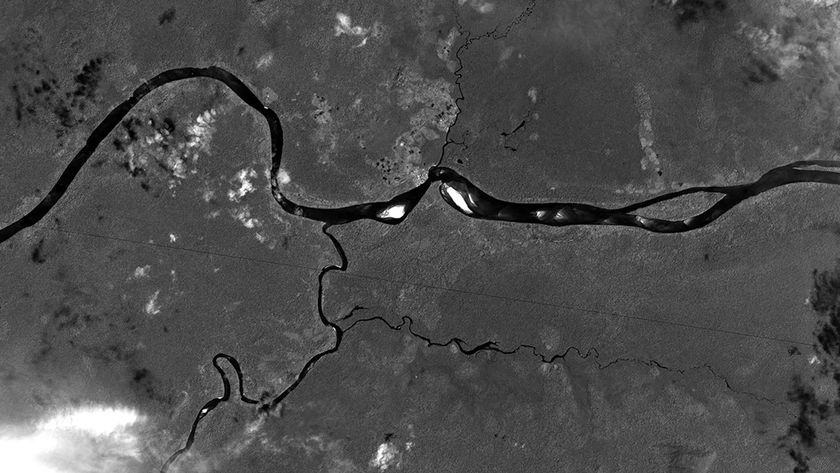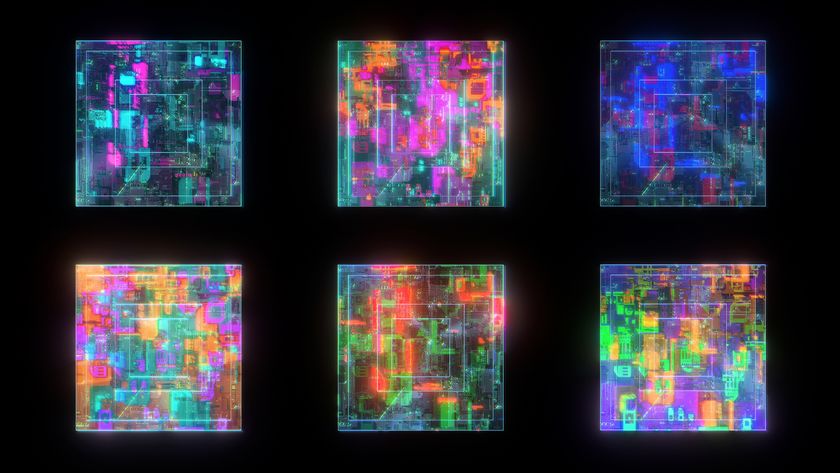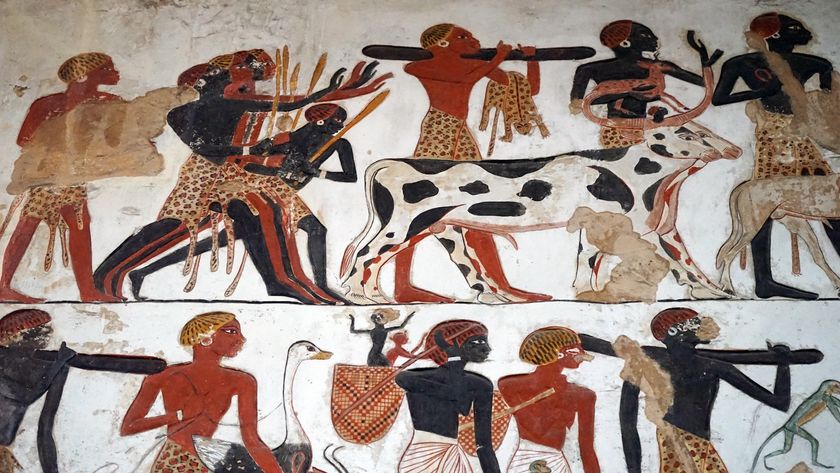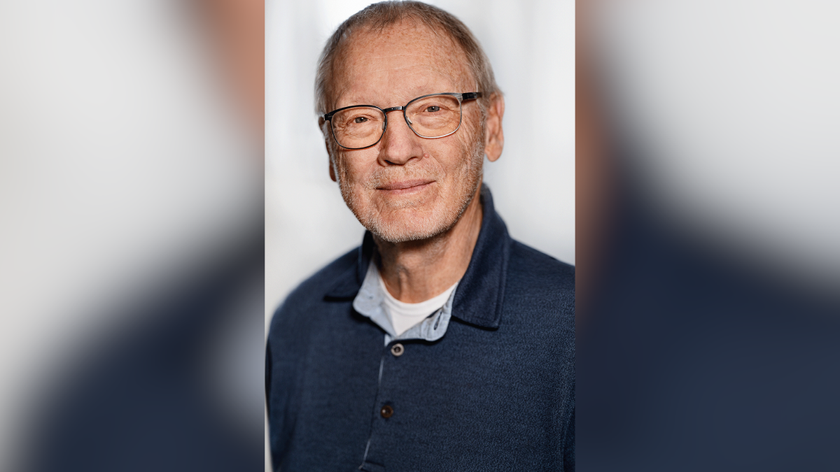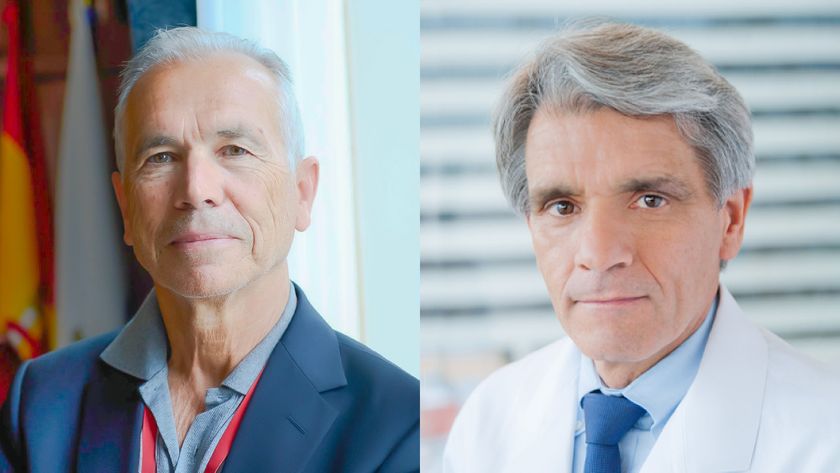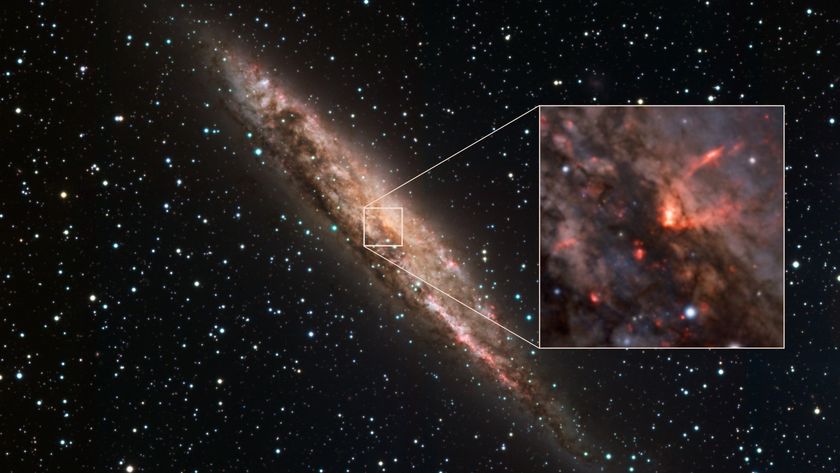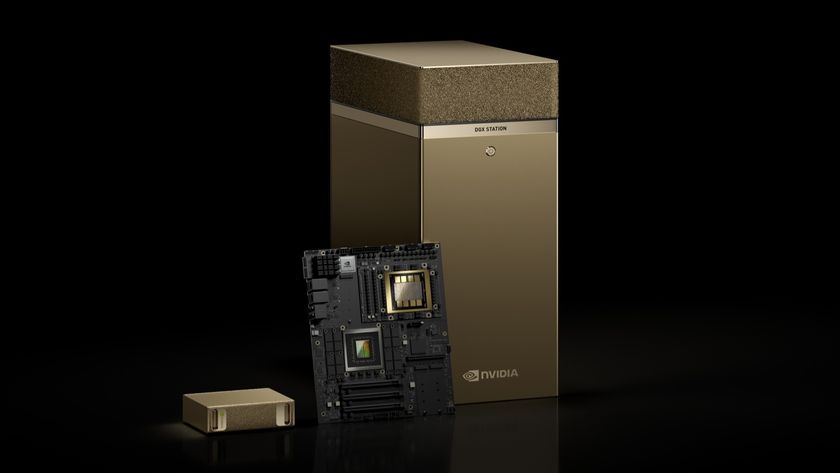Mona Lisa's Voice Simulated
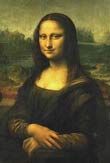
TOKYO (AP) -- The Mona Lisa may hide many secrets behind her enigmatic smile, but the sound of her voice may no longer be one of them, thanks to the work of a Japanese forensics expert.
Matsumi Suzuki, a forensics scientist specializing in acoustic and voice analysis, says he has recreated the voice of the woman who sat for Leonardo da Vinci's masterpiece, as well as that of the master himself.
Suzuki -- a co-winner of the Ig Nobel Peace Prize in 2002 for promoting harmony between species by inventing the Bow-Lingual, a dog-to-human interpretation device -- undertook the project as part of activities promoting the Japan release of the movie "The Da Vinci Code."
The Ig Nobel awards are presented annually at Harvard University by the Annals of Improbable Research Magazine for research that makes people laugh, then think.
"Normally, we do crime-related research. We recreate the voices of suspects based on information about their physical characteristics, lifestyles, dialects and so on," Suzuki said.
However, his company, Japan Acoustic Lab, also gets the occasional request to recreate the voices of historical personages, he said, so being asked to unravel the Mona Lisa and da Vinci vocal codes was not an unusual request.
For the Mona Lisa, the laboratory worked with a photograph of the painting to get detailed measurements of her face and hands, Suzuki said. They used this data to then recreate her skull and estimate her height, which they put at 5 feet 6 inches, he said.
Sign up for the Live Science daily newsletter now
Get the world’s most fascinating discoveries delivered straight to your inbox.
The data was then run through the lab's voice simulation programs to recreate the vocal cords and other organs that produced the mystery woman's voice and determine its pitch.
A native Italian speaker was also employed to help the lab get the right intonations for the Mona Lisa's voice, he said.
It was unclear, though, if that individual spoke the same Italian dialect as the woman portrayed in the Mona Lisa painting -- whose identity remains unknown.
As for da Vinci, the lab had to base their work on a photograph of the master's self-portrait, Suzuki said. The work was made difficult by da Vinci's very full beard, which obscured elements of his facial structure, he said.
The results can be heard on Microsoft Japan's Web page, which hosted the results in a section promoting the film version of Dan Brown's murder mystery.
"My name is Mona Lisa," she says, according to the Japanese subtitles.
"My real identity is enveloped in mystery. Some say I am Mary of Magdala, Giacondo's wife, Isabela d'Este or the mother of Leonardo da Vinci. And some say that I am Leonardo himself," she adds.
"The one thing all say," her message concludes, "is that I am the most loved woman in the world, the one with the smile full of mystery."
The Mona Lisa's presumptive voice, it can now be said, is a bit on the deep side though not throaty, while that of da Vinci is also deep but more nasal.
Da Vinci began work on the painting in 1503, and it now hangs in the Louvre in Paris.
The work, also known as "La Gioconda," is believed to have portrayed the wife of Francesco del Giocondo. The title is a play on her husband's name, and also means "the jolly lady" in Italian.




